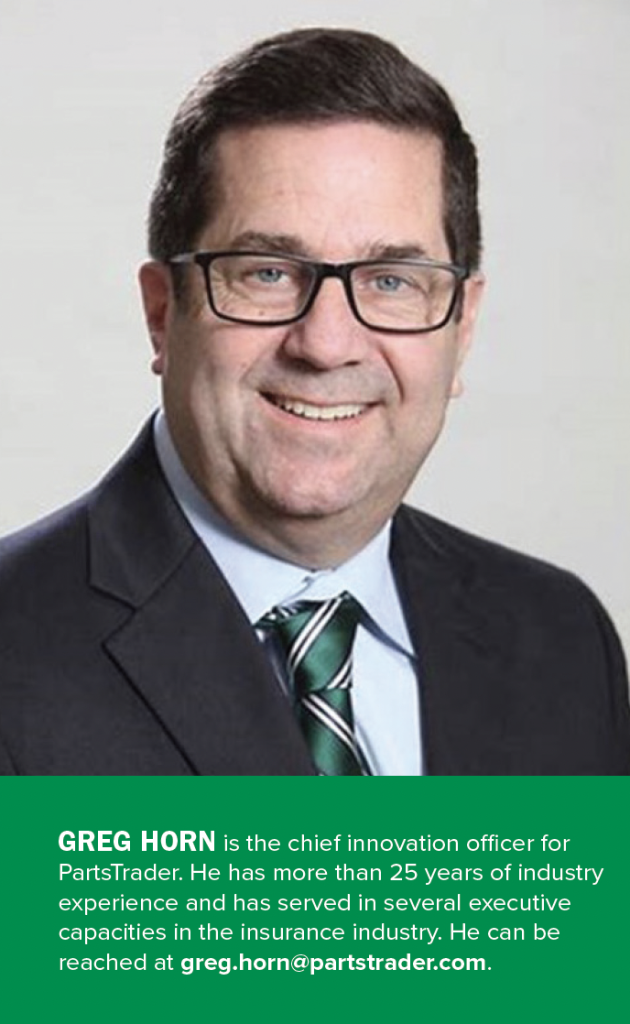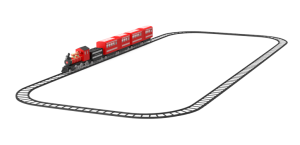‘Average’ should be a four-letter word
Column by GREG HORN
Averages can be very misleading when used to compare different, or when there are numerous outliers in the data. The problem is that the collision industry has historically measured performance in averages: Average paid claim severity, average percentage of parts dollars by part type and average part price.
Before the pandemic, I spoke with a collision repairer who was told he was at risk of being dropped by an insurance DRP partner because his average paid claim severity was higher than their other shops in his area. His was a smaller shop, with no ‘fast lane’ for minor repairs. I told him that may be his problem, if a larger shop that had the space to complete same day bumper repairs, with an average repair cost of a few hundred dollars, they would have a much lower average paid severity for that insurance carrier.
The same applies for a very common metric in our industry: measuring parts performance by average percent of parts dollars. A simple example is that if you have $1,000 in parts on an estimate, and one of those parts is a $200 aftermarket part, using this metric means your aftermarket utilization is 20 percent. If you find a less expensive aftermarket part, say for $100, your spend goes down to $900 and your aftermarket utilization 900/100 is now 11 percent.
Average part price is another common, and very flawed, metric to measure parts performance.
WITH THE INFLATION IN CLAIMS COSTS, THE ACCURACY OF TRUE MEASURING PARTS PERFORMANCE IS MORE CRITICAL THAN EVER.



With the inflation in claims costs, the accuracy of true measuring parts performance is more critical than ever and hopefully it is now clear that using averages can yield very flawed results. When you look at your collision repair key performance indicators, how many employ the “flaw of averages?”














































































